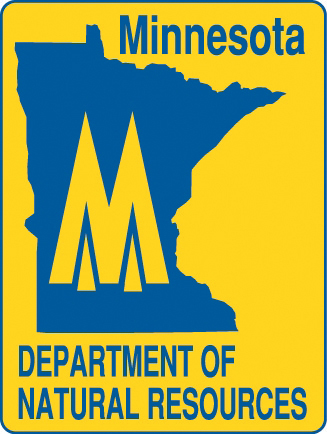With a tragic start to the off-highway vehicle riding season, the Minnesota Department of Natural Resources reminds all riders to make safety their top priority.
This past weekend, two 10-year-old riders and a 13-year-old rider died in OHV crashes. The Washington and Chisago county sheriffs’ offices are investigating the crashes. In the past six years, an average of 22 people each year have died in OHV crashes. In that same timeframe, the number of all-terrain vehicles registered in Minnesota has risen from 428,060 to 510,383.
“We continue to see an abundance of new riders who, regardless of their age, don’t have much experience operating these big, powerful machines,” said Capt. Jon Paurus, safety training education manager for the DNR Enforcement Division. “Among the crashes we see, there’s one distinct commonality: the majority of people involved have not completed ATV safety training.”
Minnesota law requires anyone born after July 1, 1987, and who is 12 years or older, to complete safety certification before operating ATVs on public lands or waters, public road rights-of-way, or state or grant-in-aid trails. However, safety officials recommend all riders complete safety training, regardless of whether they’re required to.
Among the most common violations conservation officers have seen in recent years is youth riders not wearing helmets. All riders under the age of 18 must wear a DOT-approved helmet, unless they’re on private property. The DNR recommends all riders wear one, regardless of where they’re riding or whether it’s required. Other ways riders can help ensure a safe ride include:
Ride only on designated trails. Stay to the right and travel at a safe speed.
Ride sober.
Remember that riders under age 15 are not allowed to operate Class 2 ATVs, except on private property. However, the DNR does not recommend operators under 15 operate Class 2 vehicles in any location.
Wear protective gear including goggles, long sleeves, long pants, over-the-ankle boots, gloves and a DOT-approved helmet when riding all types of OHVs.
If an OHV comes with factory-installed seatbelts, wear them.
Avoid riding on paved roads except to cross. Do it safely and ensure it’s permitted by law.
Actively supervise young riders. OHVs aren’t toys.
Complete a safety education course.
For more tips on safe riding, head to the DNR’s ATV safety webpage (mndnr.gov/ohv/atv-safety.html). For a list of currently available ATV safety classes, check out the DNR’s ATV safety training requirements webpage (mndnr.gov/safety/vehicle/atv).

